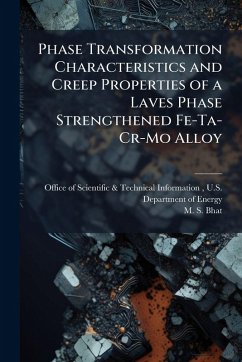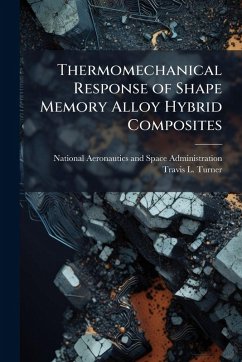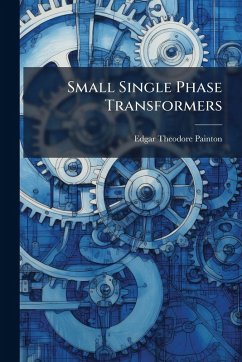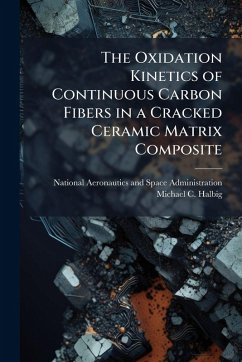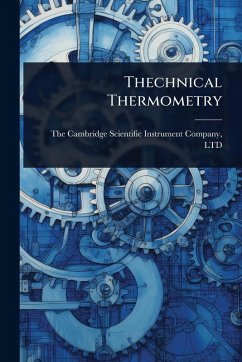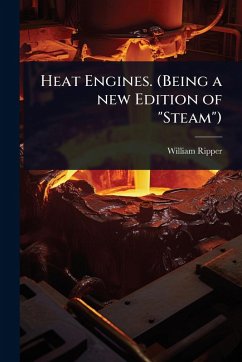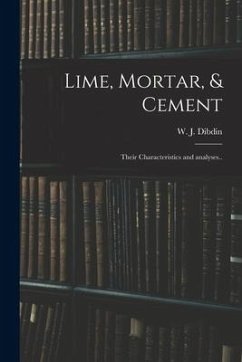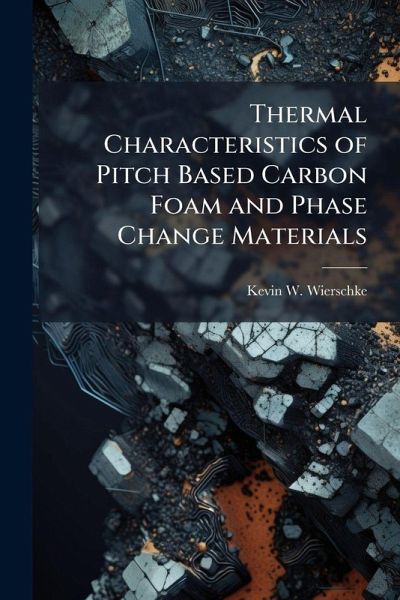
Thermal Characteristics of Pitch Based Carbon Foam and Phase Change Materials
Versandkostenfrei!
Versandfertig in über 4 Wochen
15,99 €
inkl. MwSt.
Weitere Ausgaben:

PAYBACK Punkte
8 °P sammeln!
Phase-change thermal energy storage devices offer thermal control systems an option that allows a smaller heat sink to be used by absorbing the thermal energy quickly and storing it in the phase change to prevent failure of electronic components and then slowly releasing the heat to the heat sink. This paper experimentally determined the transient response of carbon foam with a phase-change material by measuring the response to a step temperature input to test samples. The transient response was recorded until steady state was reached. An analytic response was created and compared against the ...
Phase-change thermal energy storage devices offer thermal control systems an option that allows a smaller heat sink to be used by absorbing the thermal energy quickly and storing it in the phase change to prevent failure of electronic components and then slowly releasing the heat to the heat sink. This paper experimentally determined the transient response of carbon foam with a phase-change material by measuring the response to a step temperature input to test samples. The transient response was recorded until steady state was reached. An analytic response was created and compared against the measured response. A simplified analytic prediction of the transient response was developed by using an energy balance. This approximation was then compared against the experimental results. This work has been selected by scholars as being culturally important, and is part of the knowledge base of civilization as we know it. This work was reproduced from the original artifact, and remains as true to the original work as possible. Therefore, you will see the original copyright references, library stamps (as most of these works have been housed in our most important libraries around the world), and other notations in the work. This work is in the public domain in the United States of America, and possibly other nations. Within the United States, you may freely copy and distribute this work, as no entity (individual or corporate) has a copyright on the body of the work. As a reproduction of a historical artifact, this work may contain missing or blurred pages, poor pictures, errant marks, etc. Scholars believe, and we concur, that this work is important enough to be preserved, reproduced, and made generally available to the public. We appreciate your support of the preservation process, and thank you for being an important part of keeping this knowledge alive and relevant.



